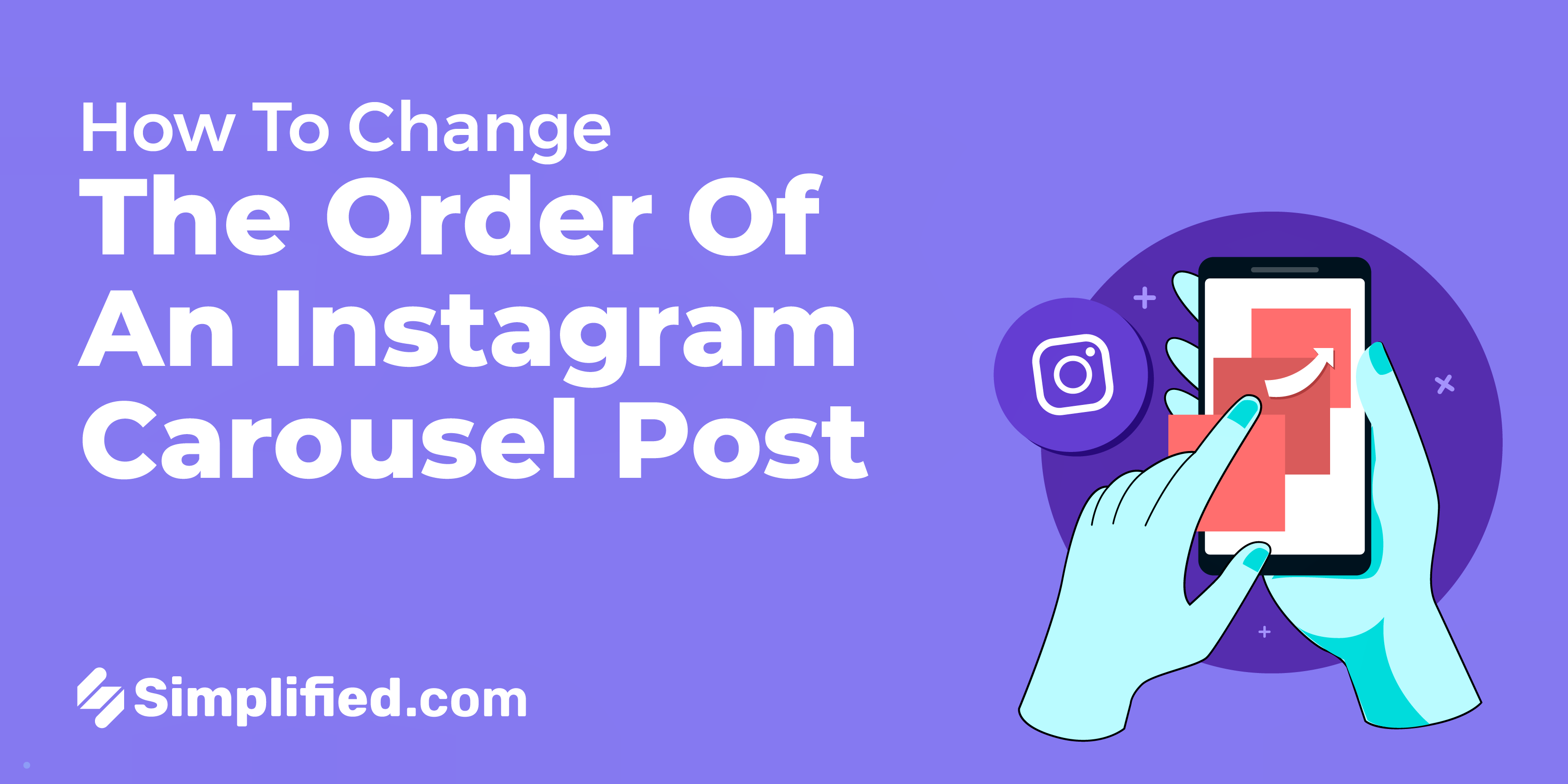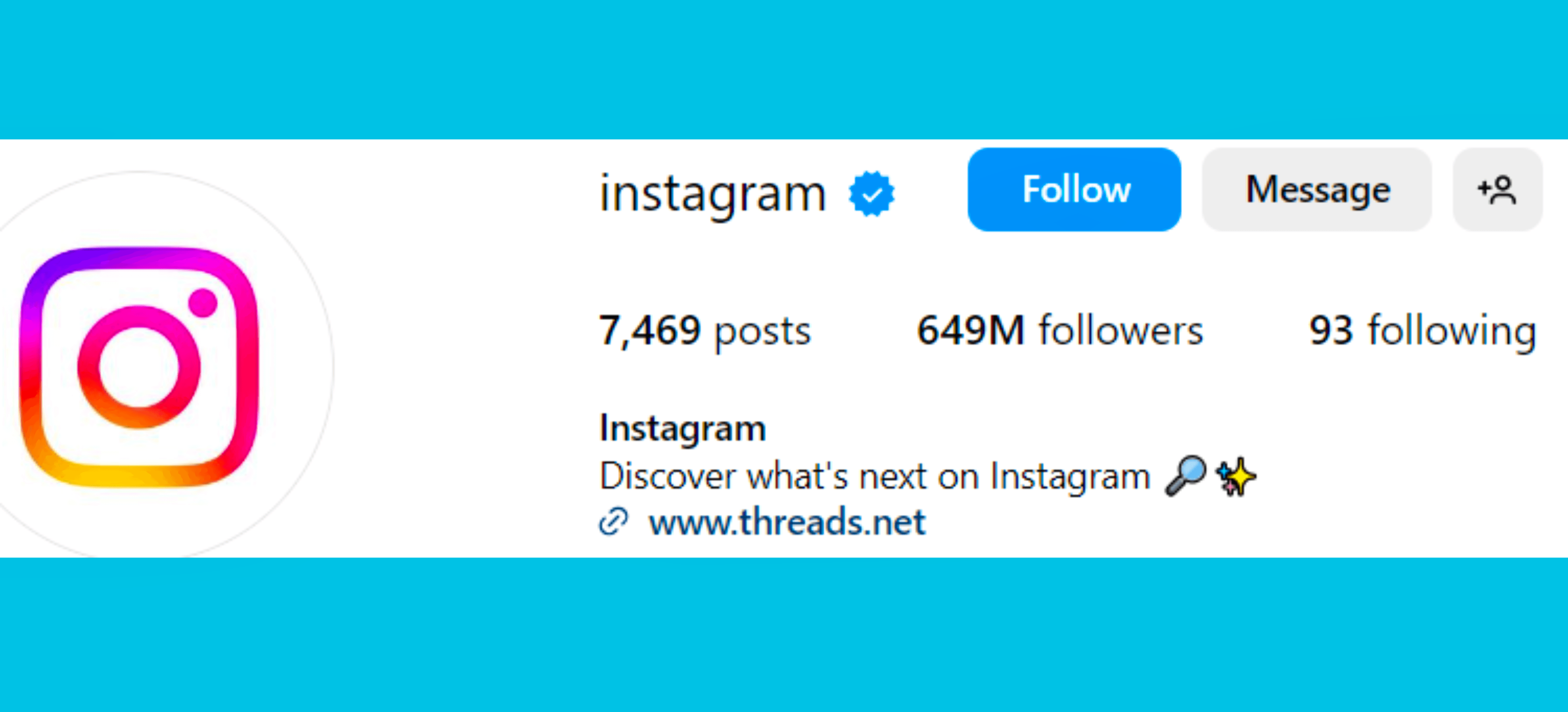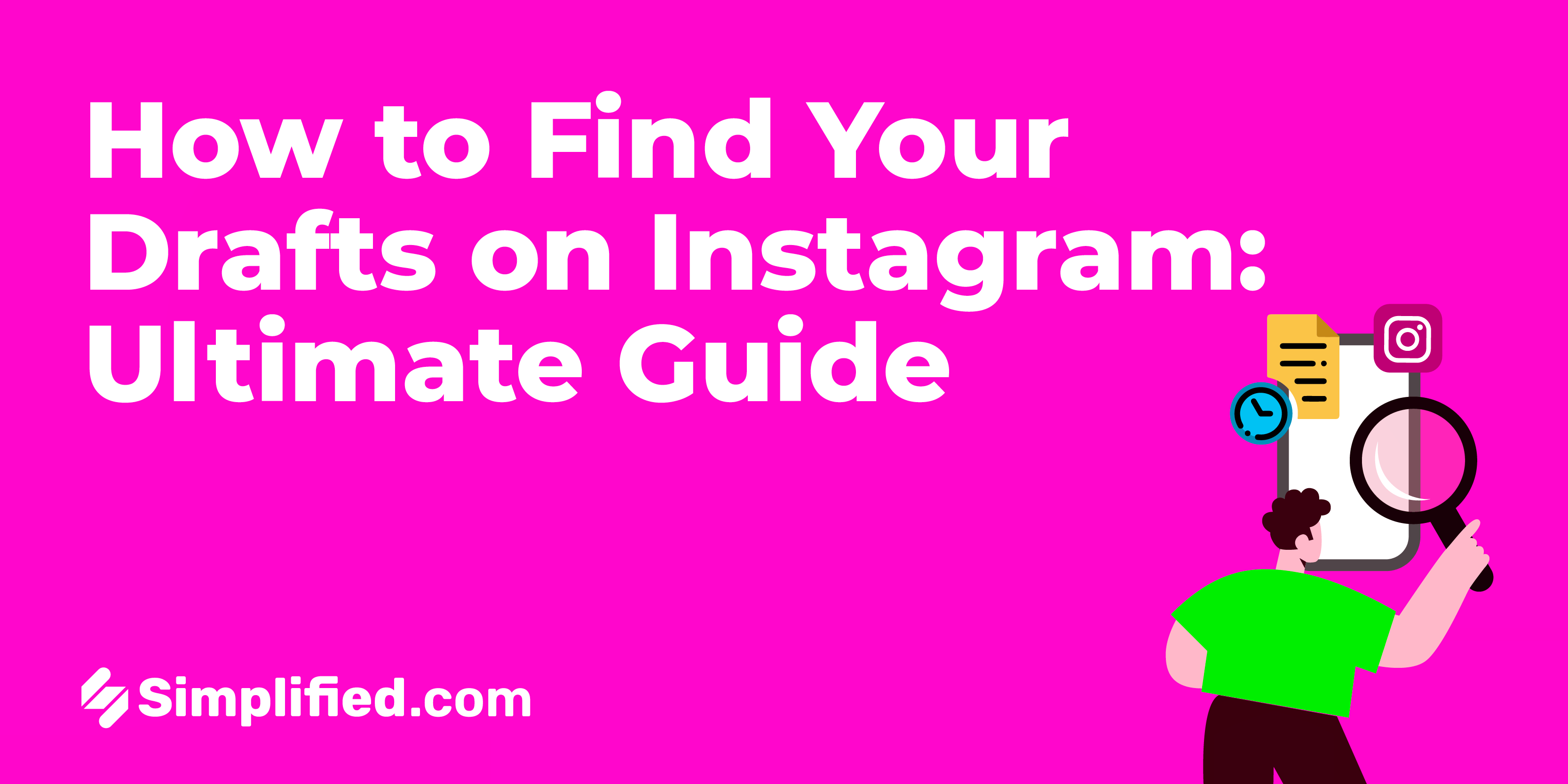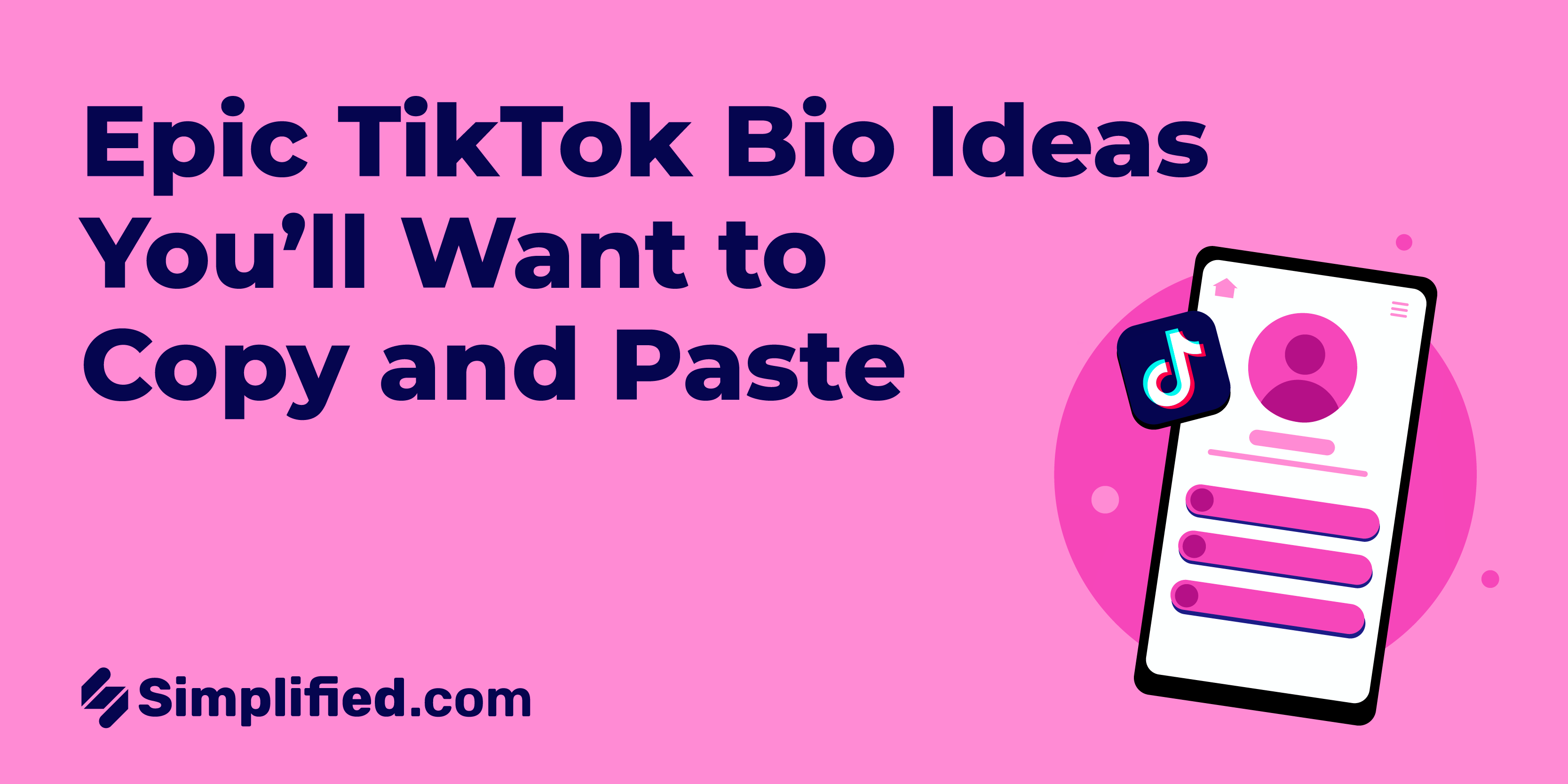What is UGC?
UGC refers to content generated by consumers or end-users of a product or service, rather than by the company or brand itself. This includes various forms such as reviews, ratings, photos, videos, and social media posts.
UGC serves as a potent marketing tool by harnessing the influence of word-of-mouth recommendations and fostering trust among the audience. When consumers witness genuine individuals sharing their experiences and opinions about a product or service, they tend to trust the brand and become more receptive to their recommendations.
Furthermore, UGC can enhance engagement and cultivate a sense of community surrounding a brand. By encouraging and showcasing user-generated content, brands demonstrate their regard for customer opinions and experiences, establishing a connection between the brand and its audience. It is crucial for brands to approach UGC with care, ensuring transparency in its utilization. Respecting customer privacy, disclosing the use of UGC in marketing and advertising efforts, having a strategy for managing negative or inappropriate content, and addressing customer concerns or complaints are essential considerations.
How is UGC utilized?
UGC is a versatile tool that supports a brand's marketing, product development, customer service, and user engagement initiatives. By leveraging user-generated content, companies and brands can build trust and establish meaningful connections with customers. Here are a few common applications:
- Marketing and advertising tool:
Utilizing UGC enables brands to showcase social proof and build trust by incorporating customer reviews, photos, or videos into their advertising campaigns, highlighting real people's experiences with their products.
- Brand visibility enhancement:
Brands encourage followers to share UGC through contests or specific hashtags, effectively increasing engagement and expanding their reach to a wider audience.
- Product development:
UGC serves as a valuable source of feedback and insights from customers, informing decisions related to product development and design, ensuring alignment with customer needs and expectations.
- Customer support:
As customers increasingly turn to social media and other channels to voice concerns or seek assistance, brands can proactively address issues, fostering positive customer experiences and reputation management
- .
- User engagement improvement:
By encouraging customers to share experiences or participate in discussions about specific topics or issues, UGC helps foster a sense of community and engagement among a brand's audience.
What are some examples of UGC?
UGC comes in various forms, continuously evolving with the emergence of new technologies and platforms. Here are examples of how you can harness the power of user-generated content:
- Product reviews:
Consumers sharing their opinions and experiences through online reviews, ratings, or testimonials.
- Social media posts:
Consumers posting photos, videos, or updates about their experiences with a product or service on platforms like Instagram, Twitter, or Facebook.
- Customer photos:
Consumers sharing photos of themselves using a product or showcasing their experiences through a brand's social media channels or website.
- User-generated videos:
Consumers creating and sharing videos about a product or service, such as unboxing videos, product demonstrations, or tutorials.
- Blog posts:
Consumers writing blog posts about their experiences with a product or service, sharing their thoughts and insights with others.
- Discussion forums:
Consumers participating in online discussions or forums related to a particular product, service, or industry, and sharing their opinions and experiences with others.
- Q&A platforms:
Consumers asking questions or providing answers about a product or service on platforms like Quora or Reddit.
.webp)













